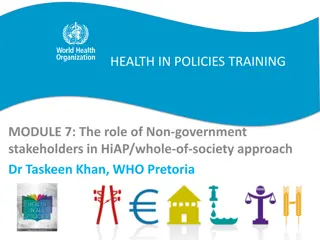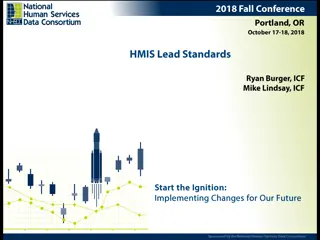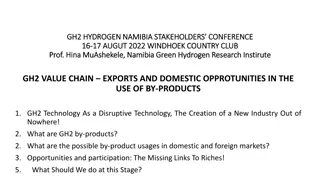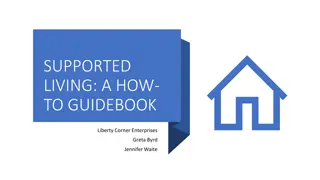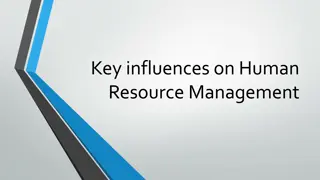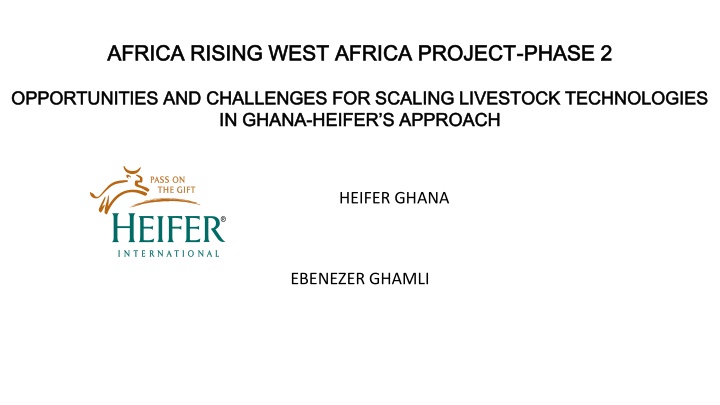
Challenges and Opportunities for Scaling Livestock Technologies in Ghana
Explore the Heifer Ghana project working to scale agricultural technologies in various regions of Ghana. Learn about the conditions and obstacles involved in upscaling initiatives, including policy issues, market constraints, and organizational capacities. Discover the importance of monitoring and evaluation for successful technology adoption and adaptation.
Download Presentation

Please find below an Image/Link to download the presentation.
The content on the website is provided AS IS for your information and personal use only. It may not be sold, licensed, or shared on other websites without obtaining consent from the author. If you encounter any issues during the download, it is possible that the publisher has removed the file from their server.
You are allowed to download the files provided on this website for personal or commercial use, subject to the condition that they are used lawfully. All files are the property of their respective owners.
The content on the website is provided AS IS for your information and personal use only. It may not be sold, licensed, or shared on other websites without obtaining consent from the author.
E N D
Presentation Transcript
AFRICA RISING WEST AFRICA PROJECT AFRICA RISING WEST AFRICA PROJECT- -PHASE 2 PHASE 2 OPPORTUNITIES AND CHALLENGES FOR SCALING LIVESTOCK TECHNOLOGIES OPPORTUNITIES AND CHALLENGES FOR SCALING LIVESTOCK TECHNOLOGIES IN GHANA IN GHANA- -HEIFER S APPROACH HEIFER S APPROACH HEIFER GHANA EBENEZER GHAMLI
What is Heifer? What do we do and where are we!!! International NGO Operating in CURRENTLY IN UER, UWR, NR, Eastern and Ashanti. Has worked in all the regions with the exception of Western Region Poultry (local & exotic), SR, Apiculture, Dairy, Short cycle animals (Grasscutter, rabbits)
SCALING UP AGRICULTURAL TECHNOLOGIES: THE REQUISITE CONDITIONS Ebenezer Ghamli
Definition of Upscaling Horizontal expansion of an adopted technology, innovation or policy may take place geographically or from one area to another. A vertical expansion of a technology, innovation or policy could take place from a district level to a regional level, to national level and across national boundaries.
Policy issues can become obstacles to scaling up initiatives eg. price regulation, bureaucracy, burdensome regulatory requirements. Good policies can enhance scaling. Conditions for Upscaling initiatives Potential market constraints need to be considered and addressed to avoid negative outcomes to when scaling up agricultural products and technologies Institutional and organizational capacities must be up to the task, and the staff must have the requisite skills. Identify potential cultural or gender issues or obstacles and adapt to allow scaling up. Labour intensiveness as well as gender considerations are also very important.
Conditions for Upscaling Initiatives Contd. Monitoring and evaluation (M&E). Technology adopters should be involved in the monitoring of the outcomes.- Heifer s approach is PSRP Learning: Knowledge about what works and what does not in scaling up is essential and must be harnessed through a continuous process of: Sharing the knowledge with the relevant actors.
Conditions for Upscaling Initiatives Contd. Simplicity: The technology or innovation should be as simple as possible. Behavior Change: A clear theory of change: Anyone adopting the technology or certain that the change is going to be of benefit following the adoption. innovation must be A successful adoption of technologies and innovations requires a degree of behavioural change. H A B I T For this to happen, the following conditions are necessary: Timeliness: All agriculture related innovations are time driven, the more complex ones need more time and resources to affect the adoption and scaling. Early approach necessary
Conditions for Upscaling Initiatives Contd. People will adopt technologies if the benefits (i.e. profits) are tangible and can be obtained within a very short time. Positive Outcomes
Conditions for Upscaling initiatives Contd. Incentives or motivation creates favorable conditions for the adoption of technologies. Eg. Fertilizer introduction, farmer to farmer field visits, Farmer Field Schools Provision of Incentives The extent to which farmers adopt and scale technologies is informed by the challenges that they have overcome or the benefits that they had in the past. Farmer Experiences: Technologies that speak to the felt needs of farmers are more likely to be adopted and scaled up. On the other hand, alien technologies which do not address pressing farmer challenges may not be of interest to the farmers. Demand Driven Technologies Input Costs of Technologies Prohibitive technology adoption and scaling could be a disincentive. In one community in the Upper East Region, the associate cost of constructing a compost structure was found to be a major stumbling block to the scaling up of composting. costs (labor, time and $$$) of
Partnerships are essential, especially for reaching out to end users. NGOs, for example, are better placed to deliver new technologies and innovations to farmers and other value chain actors. Conditions for Upscaling Initiatives Contd. The livelihoods of farmers are not along a single sector but multi-dimensional. Technologies therefore should be promoted or aligned alongside processes relating to the environment, water, nutrition and food security, hence the need for all stakeholders to be involved. Multi Stakeholder Involvement Support service providers such as the Govt agencies, NGOs and the private sector are needed to interphase continuously with farmers so as to see through the adoption and eventual scale up of technologies.
Strategies of Heifer for Technology Adoption & Scaling Up-Collaboration c ARI MoFA Domain Simplicity in approach Timeliness Housing Technology with local content involving the farmer Feeding Feed Storage Learning from fellow farmers Preventive Health Practices Fine tuning of local knowledge Examples/Pictures of farmers practices
Strategies of Heifer for Technology Adoption & Scaling Up Domain Animal Health Delivery Heifer is using CLW s who are subsequently graduated to CAVEs Heifer strengthens Social Capital to reasonably high levels by using a Holistic Value Based Approach in project implementation Encourages social cohesion among communities by encouraging activities which can always bring the group members together eg. Village Savings & Loans Schemes Encourages women to occupy leadership positions and as front-line change agents; Social Capital
Strategies of Heifer for Technology Adoption & Scaling Up Domain Linkages in the Value Chain Unstructured and non- formal markets, Weak linkages with service providers e.g. health service, input dealers, aggregators Lack or weak information flow on market dynamics or trends Heifer adopts a systematic approach for identifying value-chain constraints and sector-based strategies (STSs) to overcome them through a value-chain analysis With this approach to project implementation Heifer is able to link effectively two (2) out of the four (4) levels of actors of the (producers, processors, retailers, aggregators), the meso-level (demand oriented providers) VC; the micro- level support service To (cooperation among all partners and social cohesion) some extent the fourth level meta-level Public authorities (legislation, administrative procedures, infrastructure etc.) macro level
Strategies of Heifer for Strategies of Heifer for Technology Adoption & Technology Adoption & Scaling Up Scaling Up Heifer s Gender and Family Focus approach to project implementation has broken the barriers in such areas where women are not permitted-it is just prejudice and male domineering characteristic. Heifer has broken that myth in the Dagaba/Birifor/Gonja/ Dagomba/Sissala** Kassena, Nankana traditional areas. Domain Promoting women friendly initiatives to allow them time to do other household activities eg. Local poultry, Small Ruminant Production, Shea butter extraction, beekeeping, rabbitry and dairy Women Empowerment
Heifers Participation in Livelihood Projects Heifers Participation in Projects like ENHANCE, MRLG s Food Facility & Environment Project and lately in the IFAD sponsored NRGP Small Ruminants Value Chain Development among others has strengthened Heifer s potential and positions the organization solidly in the development and scaling up of small ruminant production in Northern Ghana

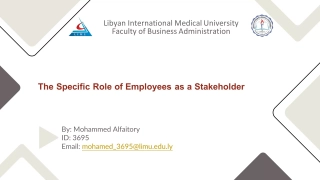








![Stakeholders' Responses to National Health Insurance Bill [B.11B-2019]: Overview](/thumb/69945/stakeholders-responses-to-national-health-insurance-bill-b-11b-2019-overview.jpg)

